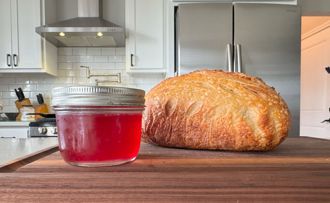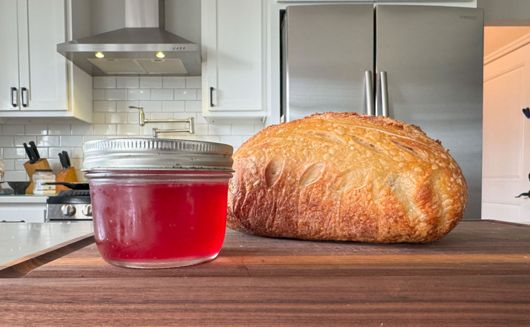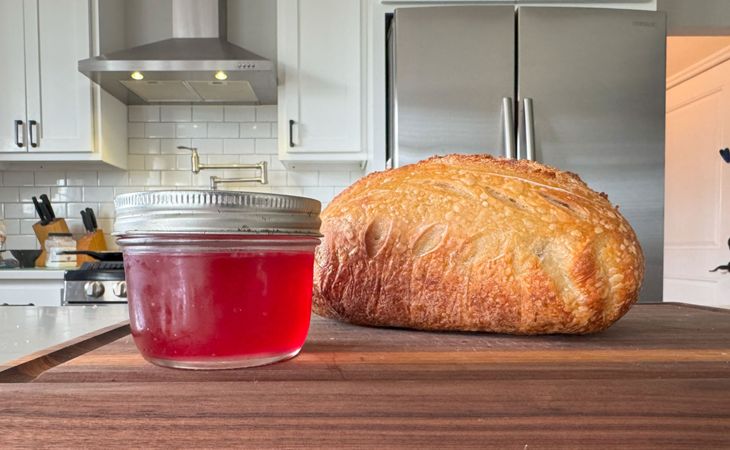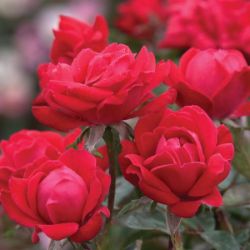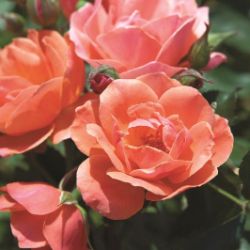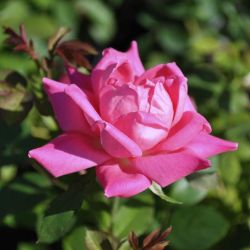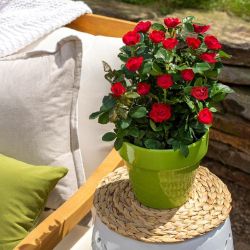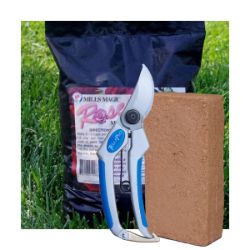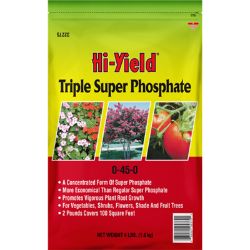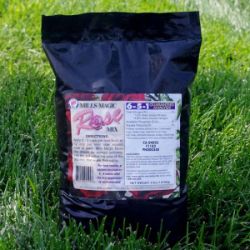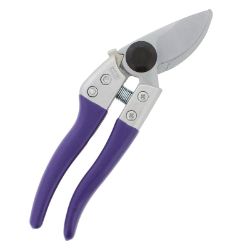Pest & Disease Control for Roses
Every rose has the future potential for disease and insect damage. Factors such as location and weather will play a part in which issues your tree encounters. Disease-resistant roses are the best option for easy care; and for all rose plants, proper maintenance (such as watering, fertilizing, pruning, spraying, weeding, and fall cleanup) can help keep most insects and diseases at bay.
NOTE: This is part 7 in a series of 11 articles. For a complete background on how to grow roses, we recommend starting from the beginning.
Aphids
They are the size of a pinhead vary in color depending on the species. Cluster on stems and under leaves, sucking plant juices. Leaves then curl, thicken, yellow and die. Produce large amounts of a liquid waste called “honeydew”. Aphid sticky residue becomes growth media for sooty mold.
Natural Control
- Monterey Fruit Tree Spray Plus
- Monterey Horticultural Oil
- Using your garden hose aphids can be knocked off with a strong stream of water.
Chemical Control
- Monterey Fruit Tree Spray Plus
- GardenTech® Sevin® Concentrate Bug Killer
Rose Scales
Scales usually appear in clusters and are 1/8-inch long, color varies from white, gray or brown with crusty shells. Round or oval masses appear on stems and canes. Foliage wilts, turns yellow and drops from the plant. Growth is stunted and flowers are not produced.
Natural Control
- Monterey Fruit Tree Spray Plus
- Monterey Horticultural Oil
- Prune and destroy heavily infested canes.
Chemical Control
- Monterey Fruit Tree Spray Plus
- GardenTech® Sevin® Concentrate Bug Killer
Black Spot
Disease causing defoliation and black spots on leaves and thrives in moist conditions. Twigs may also be infected. Black spots are circular with fringed margins, if severe, spots can combine to cause a large black mass, can weaken and kill plants.
Natural Control
- Monterey Liquid Copper Fungicide
- Monterey Fruit Tree Spray Plus
- Prune and destroy infested canes.
Chemical Control
- Monterey Fruit Tree Spray Plus
- Ferti-lome® Broad Spectrum Landscape & Garden Fungicide
- Hi-Yield® Captan 50W Fungicide
Powdery Mildew
Whitish-gray powdery mold or felt like patches on buds, young leaves and twigs. Leaves may crinkle and curl upward. New shoots are stunted.
Natural Control
- Monterey Liquid Copper Fungicide
- Monterey Fruit Tree Spray Plus
Crown Gall
Plants appear stunted and slow growing; leaves may be reduced in size and few buds are produced. Round growths appear at the base of the plant around 2 inches in diameter. They first appear light green and turn brown and woody as they age.
Natural Control
- Monterey Horticultural Oil
Chemical Control
- Ferti-lome® Fire Blight Spray
Rust
Infection begins in spring and produces orange stage of disease and is occasionally found on new spears. Appears as small raised spot, yellow or pale orange, in concentric ring pattern. Spores are airborne to new growth where brick red pustules are formed on all parts. May turn yellow or brown, defoliate and die back. In fall the spores turn black and will over winter. Rust causes reduced plant vigor and reduced yields.
Natural Control
- Monterey Fruit Tree Spray Plus
- Prune and destroy all infected leaves, including on the ground.
- Using your garden hose aphids can be knocked off with a strong stream of water.
Spider Mites
Pinpoint size, many different colors. Found on undersides of leaves. Severe infestations have some silken webbing. Sap feeding causes bronzing of leaves.
Natural Control
- Monterey Fruit Tree Spray Plus
Chemical Control
- GardenTech® Sevin® Concentrate Bug Killer
Spot Anthracnose
Small red, brown or purple spots develop on leaves. Center of spots dry out and fall out of the leaves and leaf eventually turns yellow and falls from plant.
Natural Control
- Monterey Liquid Copper Fungicide
Chemical Control
- Ferti-lome® Broad Spectrum Landscape & Garden Fungicide
Botrytis Blight
Also called gray mold spreads in moist air and cool conditions. Rosebuds fail to open and are covered with a grayish brown fuzzy mold. Open flowers are speckled with yellow or brown dots and lower petals are wilted and brown. The stems below infected flowers become discolored.
Chemical Control
- Ferti-lome® Broad Spectrum Landscape & Garden Fungicide
- Hi-Yield® Captan 50W Fungicide
Leafhoppers
Various colors and similar to aphids this small, active, slender-winged insects are usually found on the underside of leaves. Retard growth, leaves become whitened, stippled or mottled. Tips may wither and die. This insect carries virus of certain very harmful plant diseases.
Natural Control
- Monterey Fruit Tree Spray Plus
Chemical Control
- GardenTech® Sevin® Concentrate Bug Killer
Thrips
Tiny, slender, fringed wing insects ranging from 1/25 to 1/8” long. Nymphs are pale yellow and highly active and adults are usually black or yellow-brown, but may have red, black or white markings. Feed on large variety of plants by puncturing them and sucking up the contents. Leaves and petals will have brown streaks and buds and flowers will be deformed.
Natural Control
- Monterey Fruit Tree Spray Plus
Chemical Control
- GardenTech® Sevin® Concentrate Bug Killer
Downy Mildew
Purple to red or brown irregular spots appear on young leaves with whitish to gray downy spots on the underside of leaves. Usually occurring in cool, moist spring conditions. Over-winters on fallen leaves, so fall clean up is vital.
Natural Control
- Monterey Liquid Copper Fungicide
Leaf spot
These fungi cause circular, or angular spots, variable in size having beige centers surrounded by a red zone. When affected tissue dies, it may drop out, leaving large ragged holes in the foliage. Fungi overwinter in infected plant debris and in infected propagation stock.
Natural Control
- Monterey Liquid Copper Fungicide
- Monterey Fruit Tree Spray Plus
Chemical Control
- Ferti-lome® Broad Spectrum Landscape & Garden Fungicide
Leafcutter Bees
Small bees that vary in color cut holes near the edges of leaves. Usually make their nest in dead twigs that accumulate, using the leaf tissue to line the nest and cap their egg cells. Remove dead twigs and other debris and cut out dead stems.
Control
- Consult County Extension Agent
Canker
Appears as sunken area on canes, yellow, red or brown in color. May have purple margin around area. Leaves are sometimes spotted yellow or wilting and stems may die back. Can occur throughout the year but usually during humid, wet weather.
Natural Control
- Monterey Liquid Copper Fungicide
Rose Slugs
Appear as pale green worms with large brown head, around ¾ inch long. They feed on the surface of the leaves leaving small holes between the veins with remaining tissue turning brown. Eventually entire leaf may be chewed except for the main vein.
Natural Control
- Monterey Fruit Tree Spray Plus

